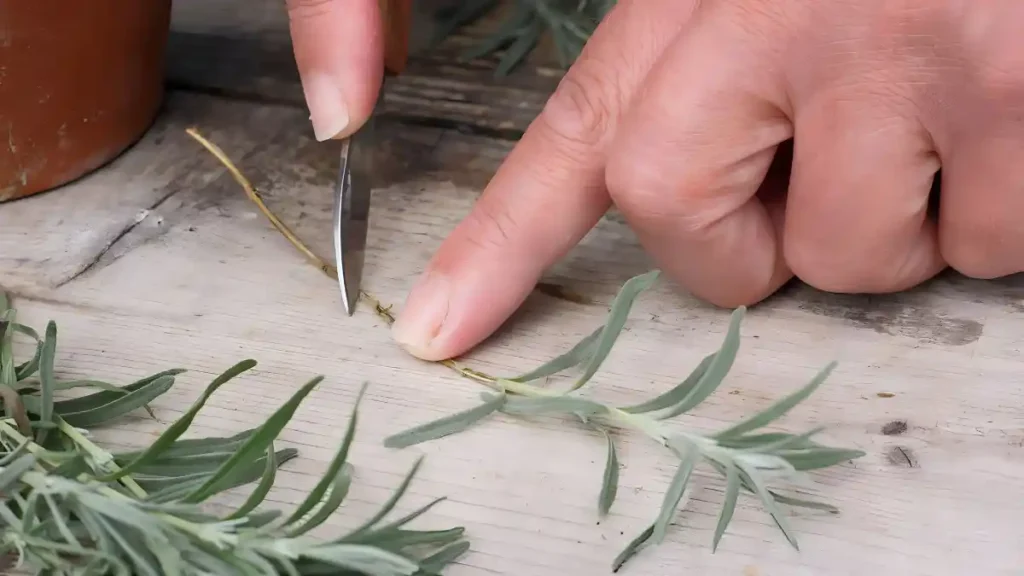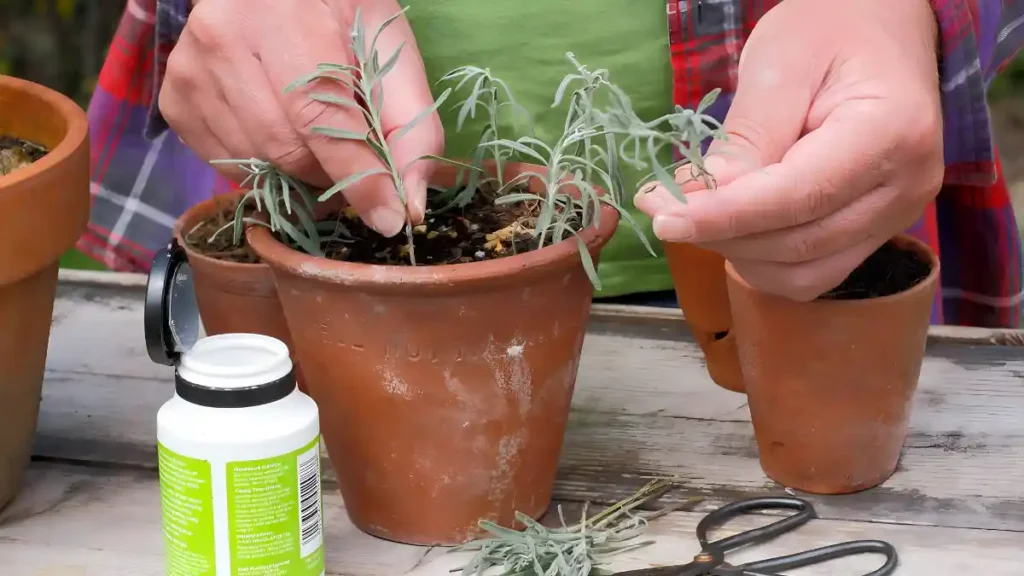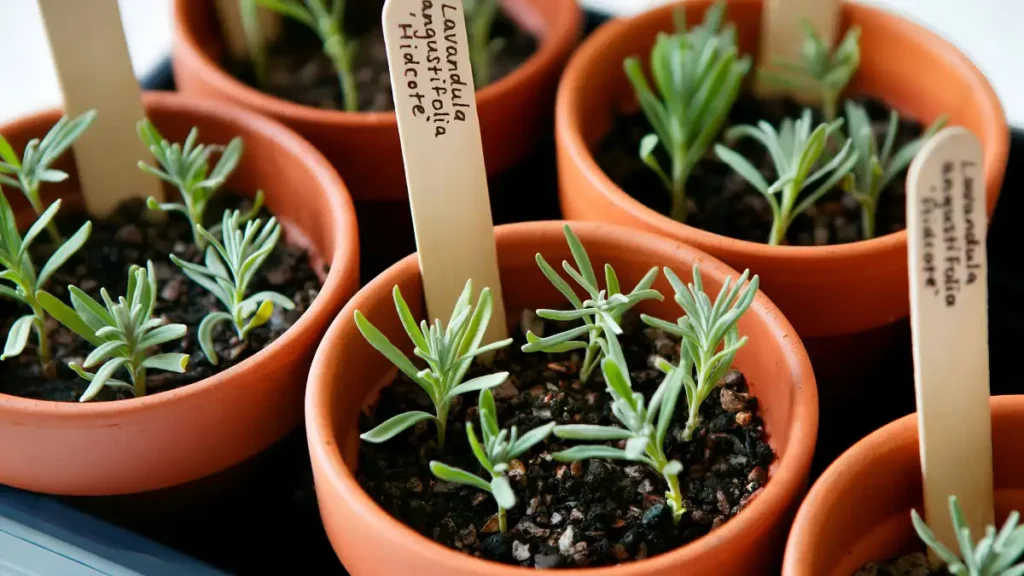Growing lavender in your yard is a pleasant way to use this tough and scented herb. There are various ways to grow lavender, such as seeds, cuttings, and division. Every technique has benefits of its own: division enables the duplication of established plants, cuttings offer a quicker path to mature plants, and seeds offer an economical approach to developing several plants. Lavender successfully propagates and adds beauty and scent to any garden or home with the right care. This post will explain how to propagate lavender.
When is the best time to propagate lavender?
Depending on the method, there is a best time to propagate lavender. New or solely semi-hardwood propagation procedures should be carried out in the spring. This also applies to softwood cuttings, which now have a significantly higher chance of rooting. This scheduling guarantees that the new plants have enough time to establish themselves before the colder temperatures of fall and winter, while also allowing for optimal root development. It is preferable to propagate lavender later in the season, when roots have time to form, and to allow the plant matter to become more mature.

Explore how to propagate lavender from cuttings:
Growing fresh plants is a fantastic way to propagate lavender from cuttings. Here’s a helpful step-by-step guide:
1. What you’ll require:
- thriving lavender plant
- Clean, sharp pruning shears or scissors
- A little pot or container
- Potting mix (ideally a blend of sand and peat or one intended for herbs)
- Hormone for rooting (optional, but helpful)
- A tiny greenhouse or a plastic bag (optional)
2. Procedure for propagating lavender from cuttings:
- Look at your mature lavender plant’s stalks. Look for straight, healthy stems that are free of pests and have a nice color but no buds. Choose a long stem and mark the point at which the old growth gives way to the new growth. It needs to be between 4 and 6 inches long. Slice slightly below a leaf node, which is the junction of a leaf and stem.
- Clear the lower two inches of the stem of all leaves to give the new cutting enough room to develop strong roots. Those leaves will no longer be able to photosynthesize since this portion of the stem will be buried in the ground.
- Add potting mix to the pot until it reaches an inch below the rim. Wet the potting mix slightly. Using a pencil or stick, make a small hole in the mixture, and then place the cutting into it. To keep the cutting in place, compact the dirt surrounding it.
- Dip the cut end in rooting hormone if you’re using it—this is an optional step. Lavender can root without it, however this can aid in promoting root growth.
- Make sure the exposed stems of each cutting are buried beneath the earth as you plant it. To assist hold each cutting in place, carefully compact the dirt around it with your fingertips.
- Place the pot in a warm area that receives plenty of indirect sunlight. Keep the soil moist but not too wet and soggy. Over the following two to four weeks, keep an eye on the cuttings.
- The cuttings should begin to establish roots within 4-6 weeks. To check for root growth, you can gently tug on them to see if there is any resistance. The cuttings can be moved into bigger pots or straight into the garden once they have established a robust root system.

Conclusion:
To sum up, growing new plants from old ones is a satisfying way for gardeners to propagate lavender, guaranteeing a steady supply of this aromatic and adaptable herb. By employing appropriate methods, including as harvesting cuttings in the appropriate season, utilizing soil that drains properly, and giving the plants enough light and moisture. Gardeners can easily learn how to propagate lavender plants by following these instructions. This technique supports the sustainability of lavender cultivation for future enjoyment and use, in addition to adding to the beauty and fragrance of gardens.
Certainly! If you’d like to learn more, please consider following our WhatsApp Channel: Harvest Gardening
A frequently asked questions:
Q1: How to propagate lavender in water?
A1: Cut a healthy 4-6 inch stem just below a leaf node, remove the lower leaves, and lay the stem in a glass of water with the node submerged to propagate lavender in water. In a few weeks, roots should start to form if the water is changed frequently.
Q2: What is rooting hormone?
A2: A chemical known as “rooting hormone” encourages the formation of roots in plant cuttings, facilitating the quicker and more successful establishment of roots. Auxins and other plant hormones are usually present.
Q3: What is the easiest way to propagate lavender?
A3: Lavender is most easily propagated by taking softwood cuttings in the spring or early summer and rooting them in wet, well-drained soil.



